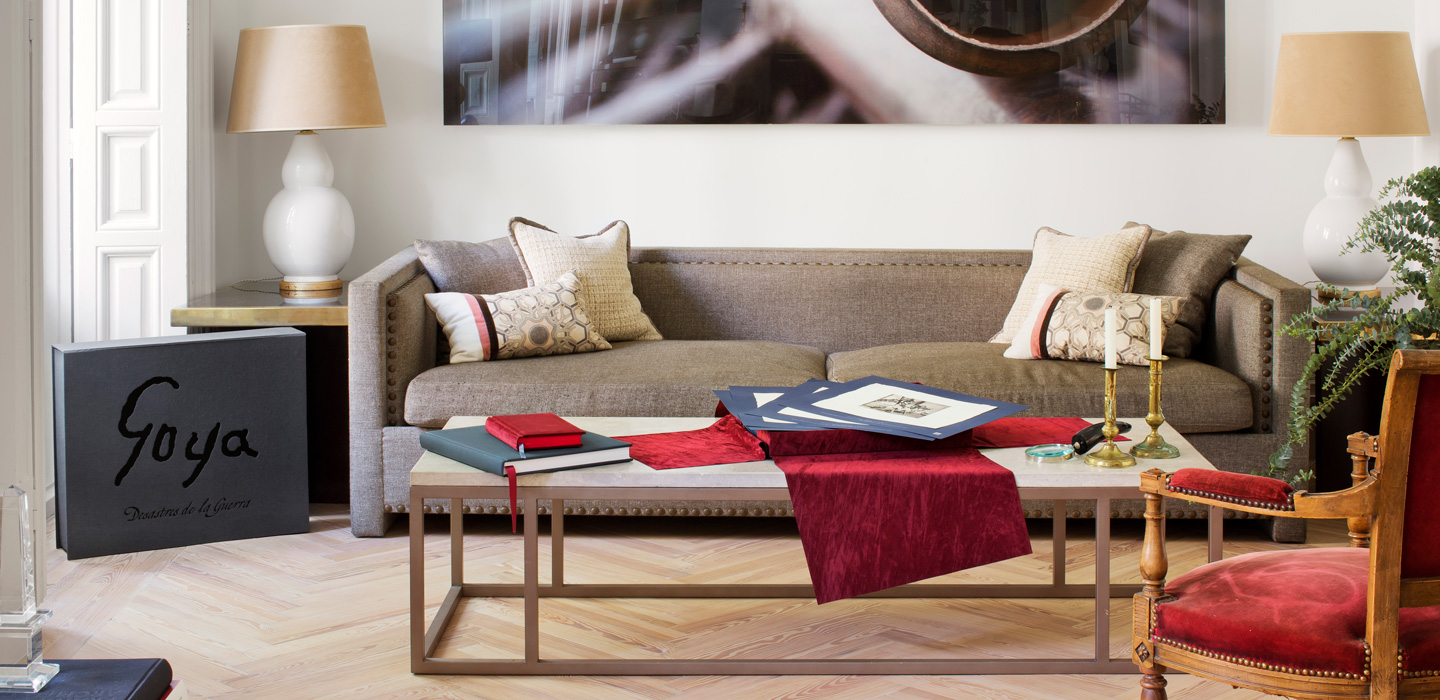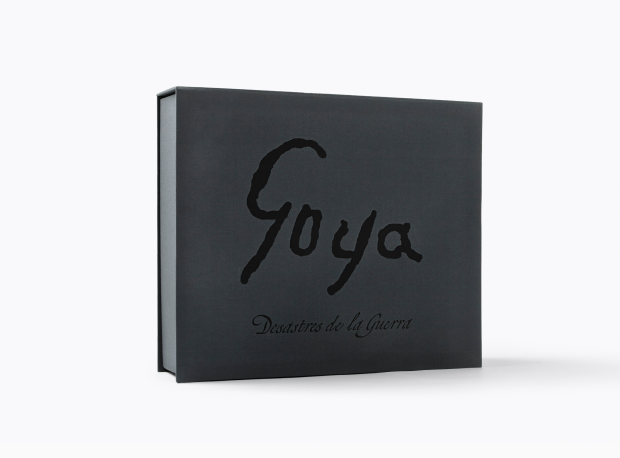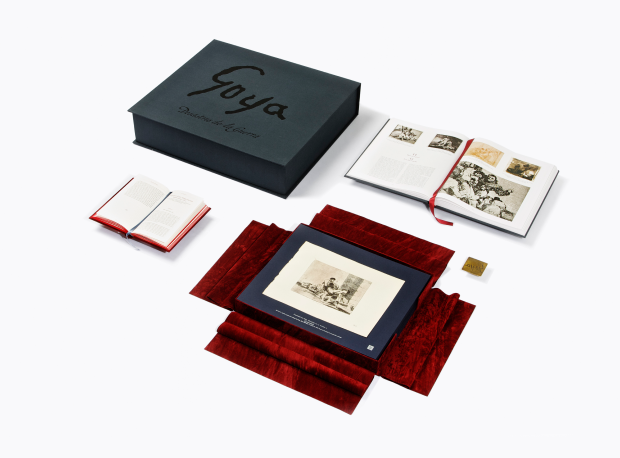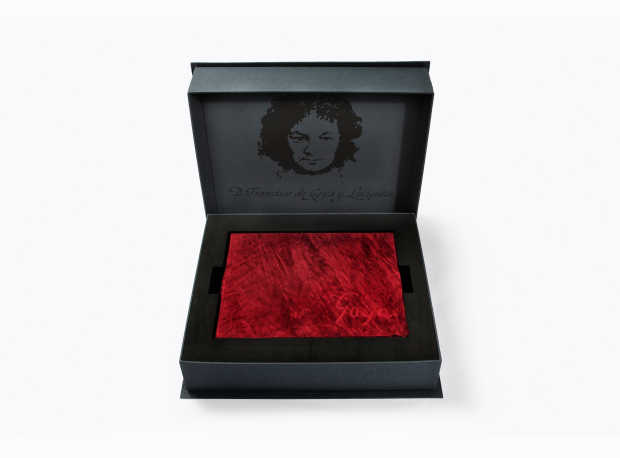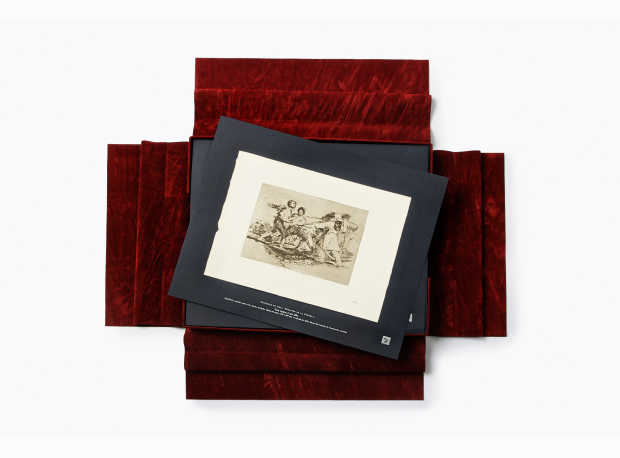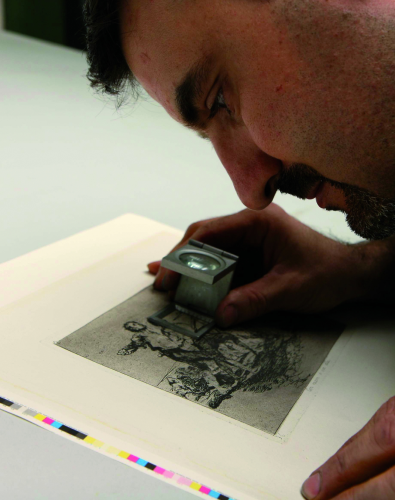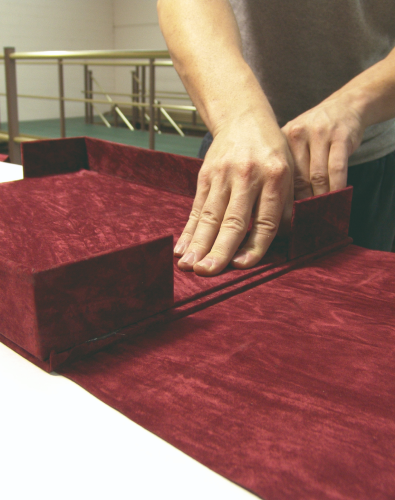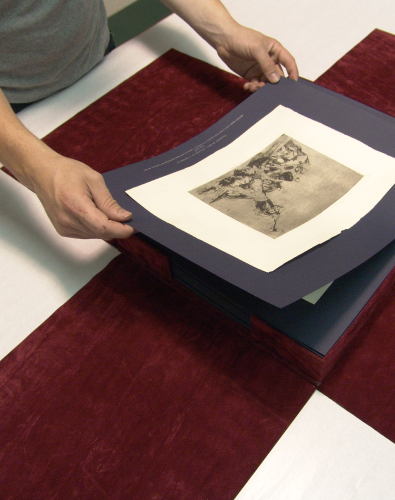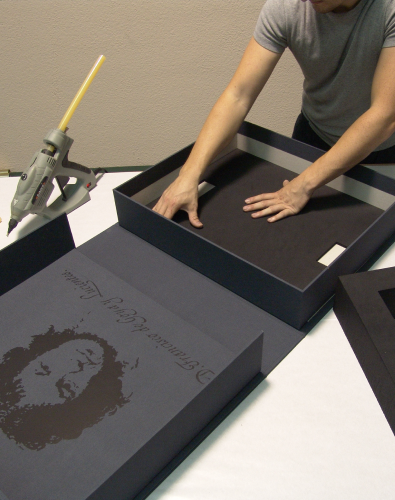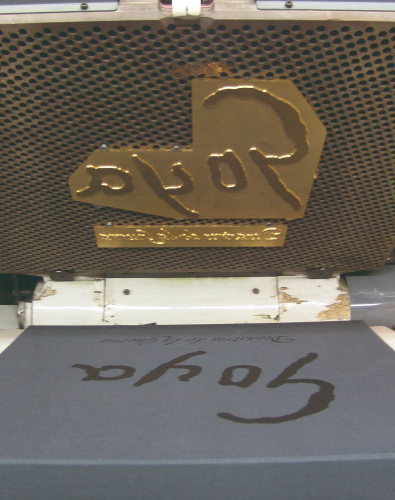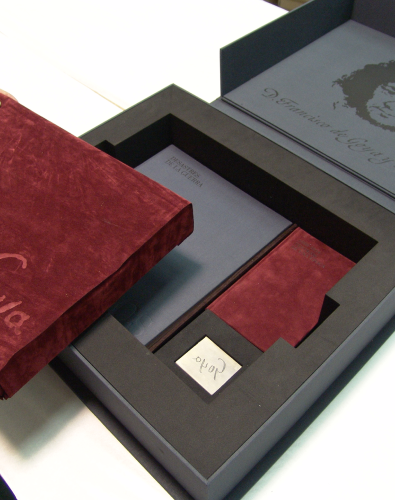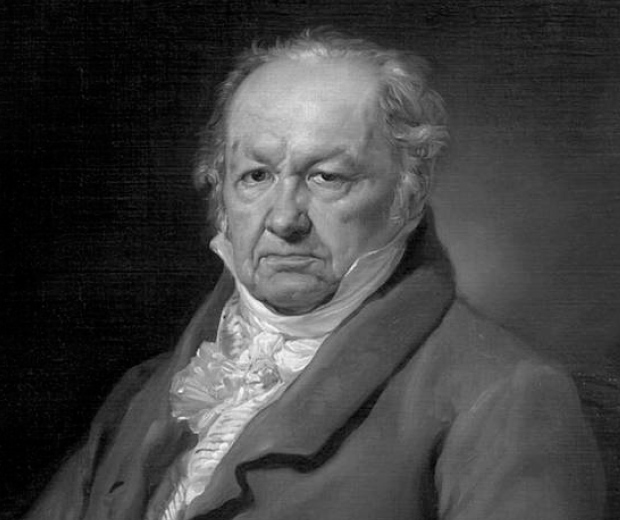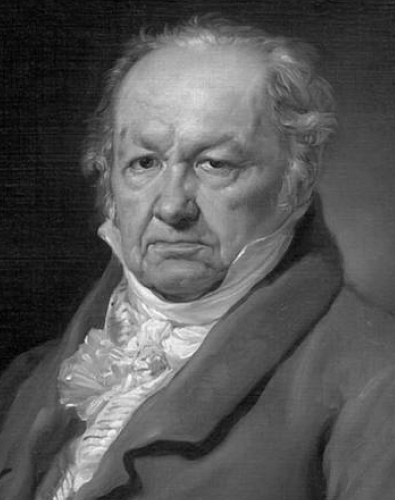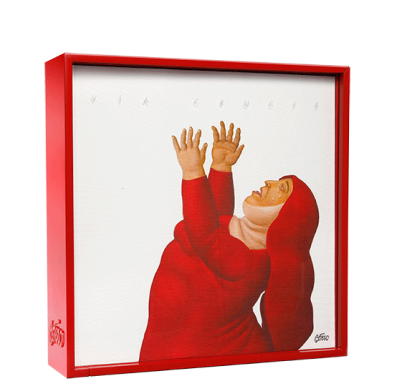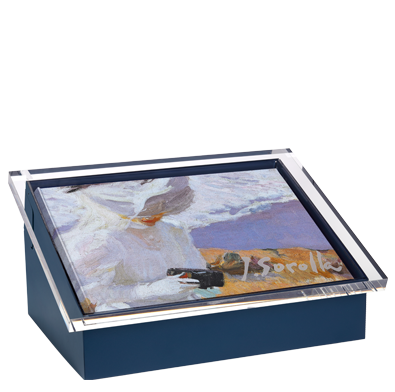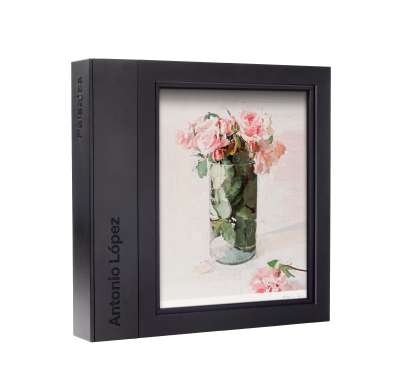An exclusive work created to commemorate the 200th anniversary of the War of Independence, a conflict that one of the great painters of the time, Francisco de Goya, captured in his Desastres de la Guerra (Disasters of War). A critical spectator of the period and the conflict, he produced a series of engravings in which he reflected his deepest thoughts.
ARTIKA, in collaboration with the Fuendetodos Museum of Engraving, recovers Goya’s most emblematic graphic work, in a unique, limited and numbered edition of 2,998 copies.
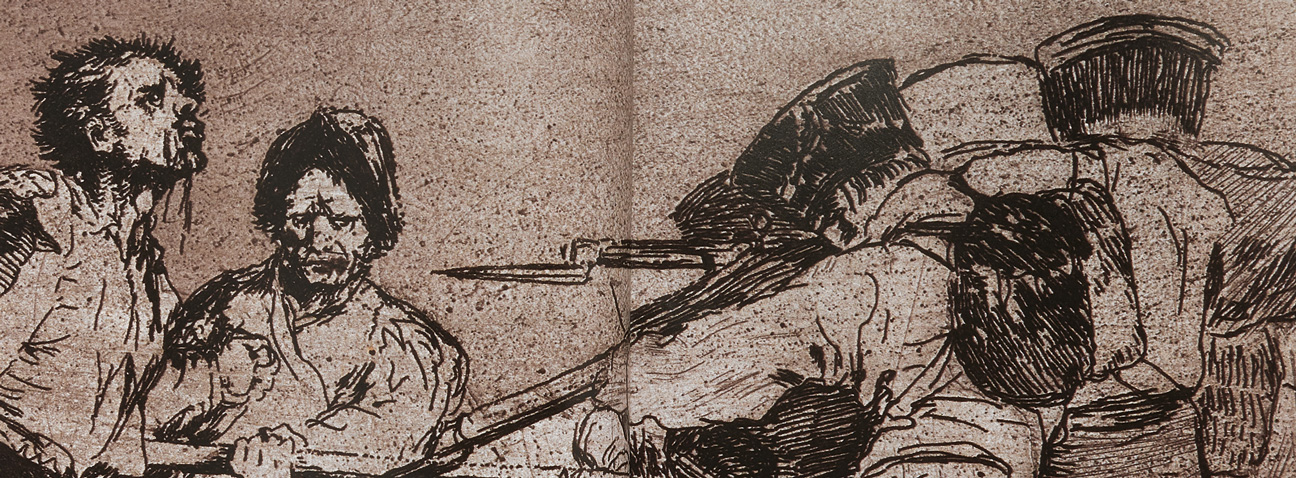
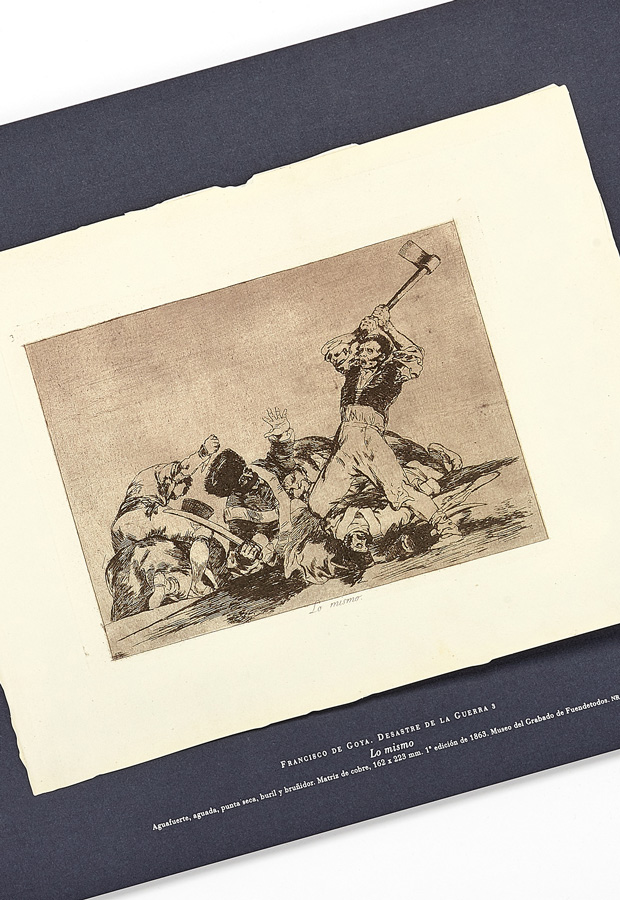
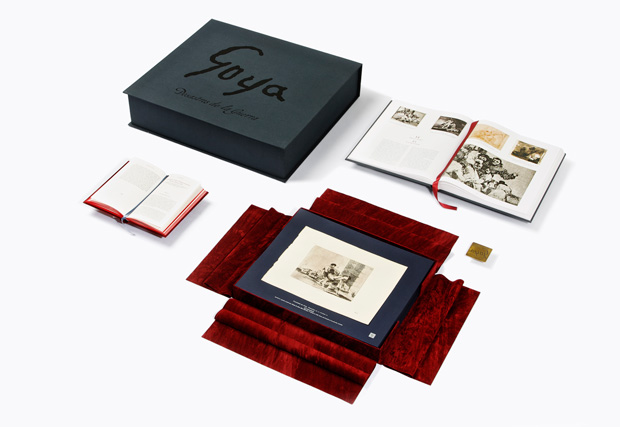
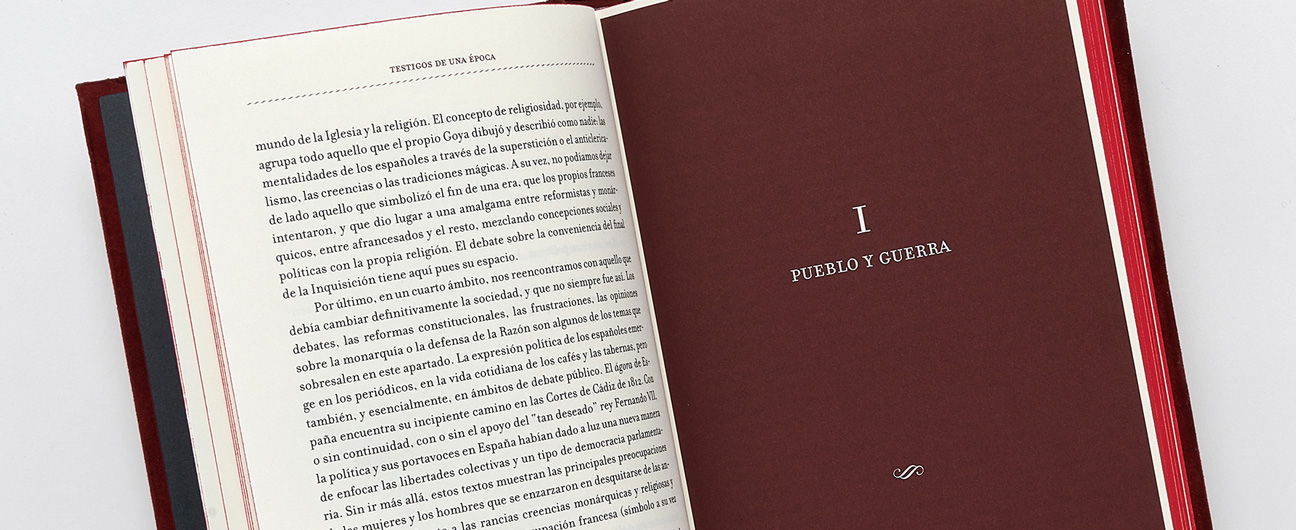
Presented on a velvety cloth tray, the facsimile reproduction of 80 prints, printed front and back, are the central axis of Desastres de la Guerra, where the artist makes us participants in the events he experienced first-hand.
In a book of studies, specialists in Goya’s engravings bring us closer to the graphic work and the author, based on the analysis of the prints, techniques and preparatory drawings, showing the artist’s creative process.
As a final detail, a bronze plate, with Goya’s signature, is intended as a small tribute to the basic material used by the artist in his engraving plates.
All the elements of this unrepeatable jewel are displayed in a handcrafted case, lined in cotton fabric with a self-portrait of the artist on the inside and an enlargement of his signature on the outside.
TECHNICAL SPECIFICATIONS
CASE
- Handmade case lined in Germatex cotton fabric marengo 180, with dry stamping, in black color both inside and outside.
- Inner nest of high-density foam
- Format: 47 x 56 x 15 cm
- Total weight of the work: 14.5 kg.
TRAY
- Fabric: burgundy flocked suede, double-sided.
- Bottom: wood lined with burgundy flocking.
- Lateral tops: cardboard lined with burgundy flocking.
- Dry stamping of Goya’s signature.
STAMPS
- Facsimile reproduction of 80 prints,
- Paper format: 23,3 x 31,8 c m
- Paper: Modigliani Bianco 145 gr.
- Printed on both sides and glued with two dots of glue on the left side.
- Certification stamp on each sheet with the Fuendetodos Museum of Engraving logo
- Die-cut, one by one, according to the original profile.
STUDY BOOK
- Number of pages: 344
- 130 gr matte coated paper
- Printed in 4 inks
- Bound in cotton cloth, stiff cardboard and round spine.
- Bordeaux colored headers
- Format: 29 x 34 cm
WITNESSES OF AN ERA
- Pages: 352
- 130 gr matt coated paper
- Printed in 2 inks – black and burgundy -.
- Bound in burgundy colored stiff cardboard, padded and flocked, with rounded spine.
- Gray colored headers
- Tinted edges
- Format: 13 x 21 cm
COPPER PLATE
- Material: copper
- Format: 6 x 6 cm
- Thickness of 2 mm
PRODUCTION PROCESS
OTHER COLLECTIONS
REQUEST INFORMATION
We will inform you about ARTIKA's works and news.
